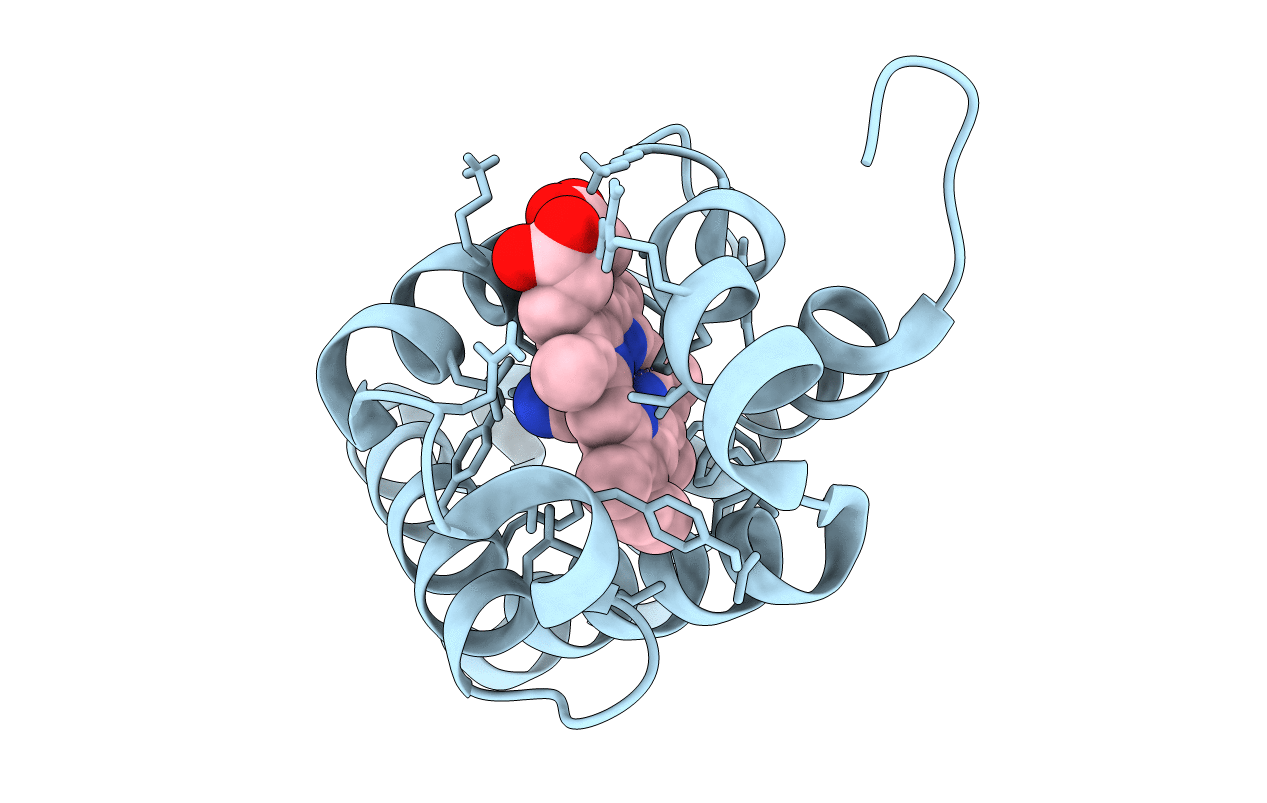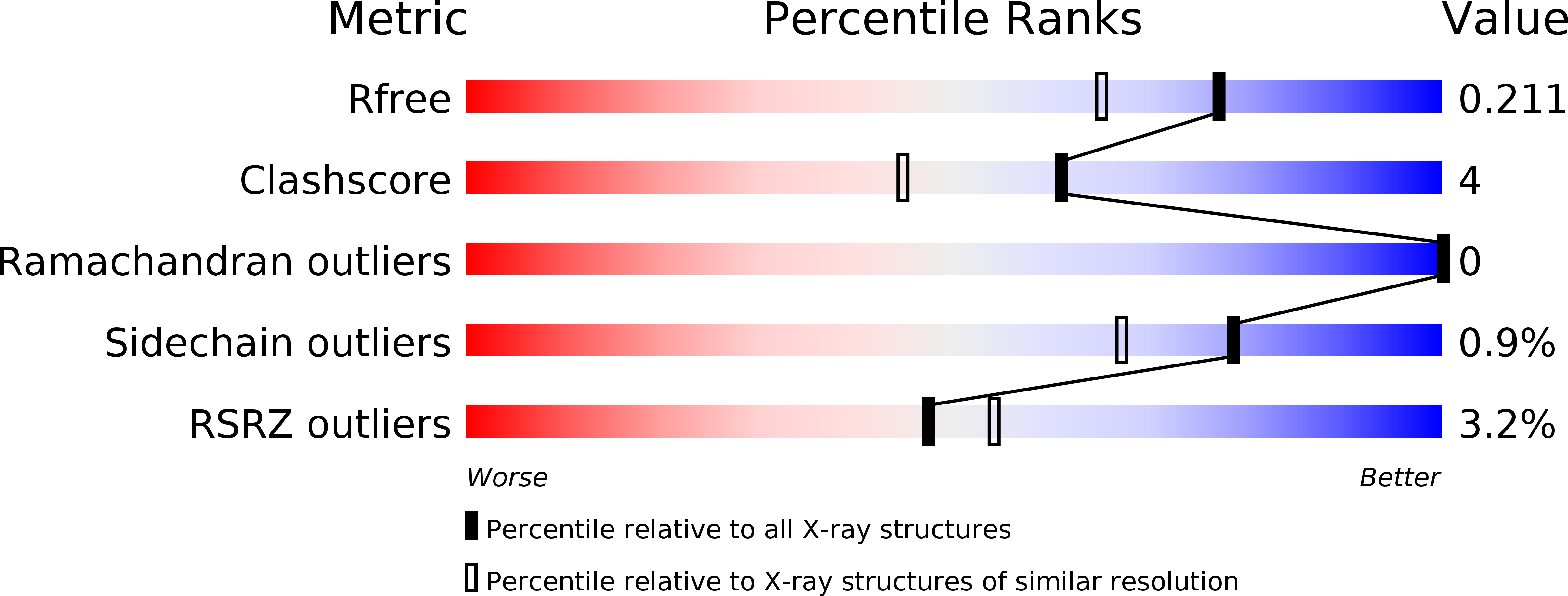
Deposition Date
2019-11-08
Release Date
2020-02-26
Last Version Date
2024-05-15
Entry Detail
PDB ID:
6TD7
Keywords:
Title:
Structure of truncated hemoglobin THB11 from Chlamydomonas reinhardtii
Biological Source:
Source Organism:
Chlamydomonas reinhardtii (Taxon ID: 3055)
Host Organism:
Method Details:
Experimental Method:
Resolution:
1.75 Å
R-Value Free:
0.20
R-Value Work:
0.17
Space Group:
P 21 21 21


